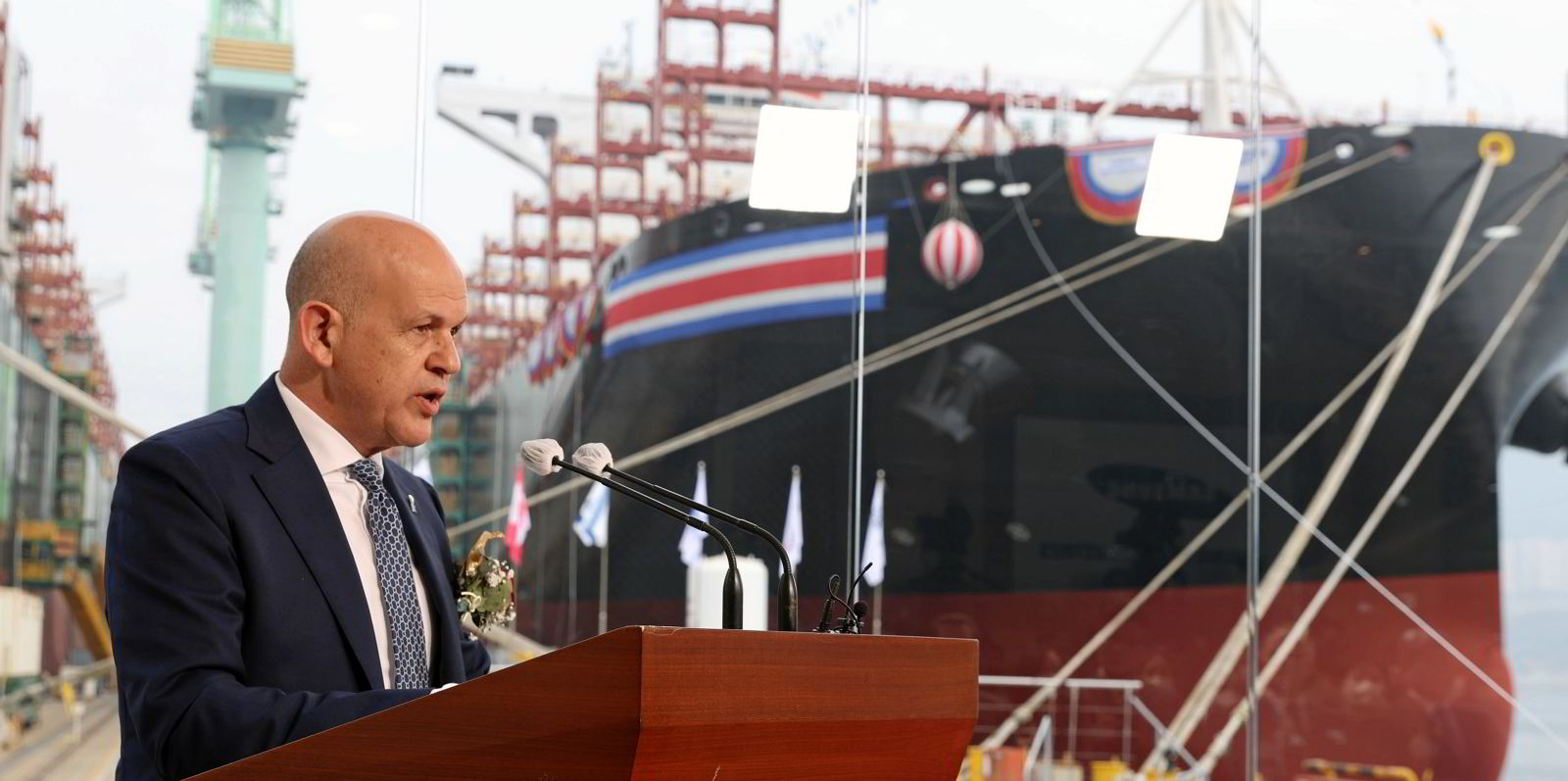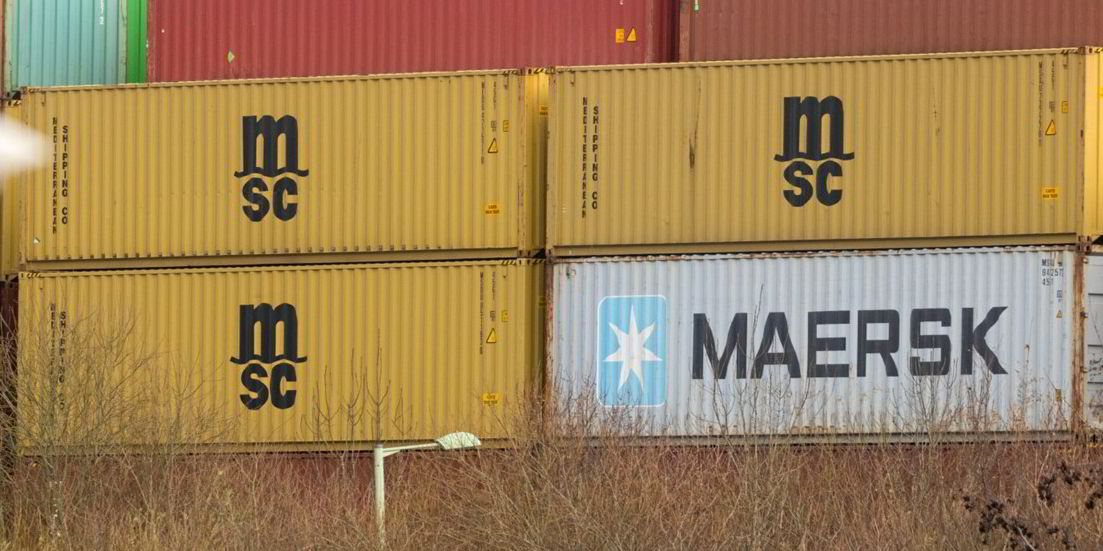Israeli liner operator Zim has emerged as one of the first container operators to bleed red ink this year, due mainly to the troubled transpacific trade.
The New York-listed, Haifa-based company reported a net loss of $58m in the first quarter of the year.
That marks a stunning turnaround from the net income of $1.7bn it logged in the same quarter last year.
Operating loss (Ebit) in the first quarter was $14m, a dramatic reversal compared with operating income of $2.24bn.
Chief executive Eli Glickman said the results “reflected the significant decline in freight rates and weak demand, particularly in the transpacific trade, that began last year”.
But he remains optimistic that the company will turn around the lossmaking position before the end of the year.
“We continue to anticipate positive Ebit in 2023 despite macro and industry headwinds,” Glickman said.
“Our expectation is for recovery in demand with inventory restocking to begin in the second half of this year, resulting in an improvement in freight rates.”
Better second half?
Zim has re-affirmed the guidance issued earlier in the year of adjusted Ebitda of between $1.8bn and $2.2bn for 2023.
Adjusted Ebit is expected of between $100m and $500m for 2023.
Glickman is pinning his hopes on a series of more modern vessels to be deployed in its core Asia to US East Coast service.
“While the near-term outlook for container shipping remains challenging, the proactive steps we took during the preceding highly lucrative market period better position us now to meet these challenges,” Glickman said.
In April, the company took delivery from Samsung Heavy Industries of the 15,000-teu Zim Mount Everest (built 2023), the second of ten dual-fuel LNG vessels chartered from Seaspan Corp.
The company will also charter from Seaspan a series of 15 LNG-powered 7,800 teu vessels to be built by Yangzijiang Shipbuilding with deliveries from late 2023 to early 2025.
“With a focus on enhancing our commercial and operational resilience, we adapted our vessel sourcing strategy to improve our cost structure with the addition of fuel-efficient newbuild tonnage that will overhaul our fleet profile, as well as advance our ESG goals,” Glickman said.
“At the same time, our strong balance sheet and ample liquidity further make us confident that the Company will operate from a position of strength even amidst current market headwinds,” he concluded.
Zim saw revenues decline 63% in the first quarter to $1.37bn.
The average freight rate was down $1,390 per teu, a year-over-year decrease of 64%.
Carried volumes dropped 10% to 769,000 teu.






